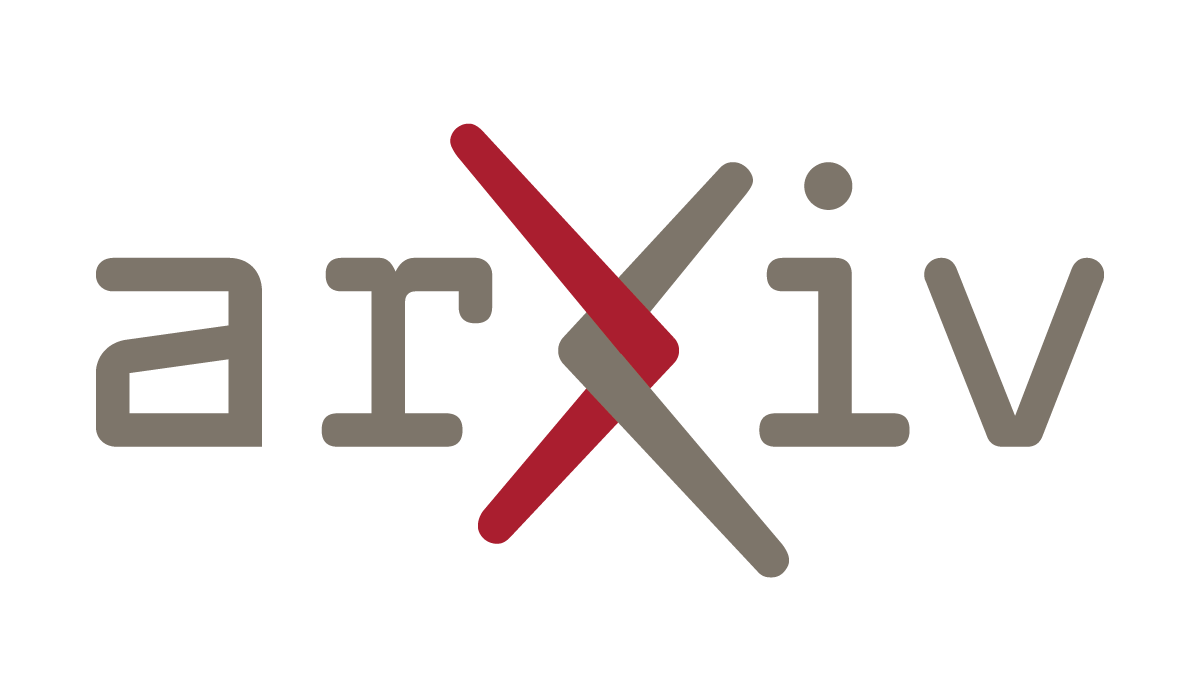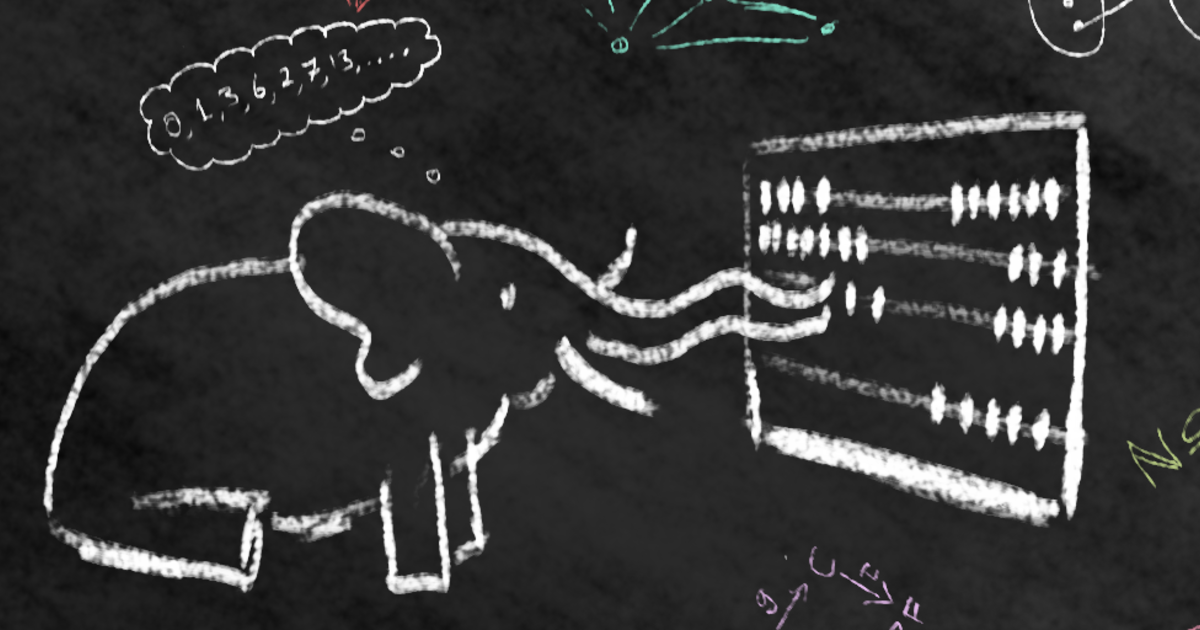Recent searches
Search options
I tried https://notebooklm.google on two papers of mine. It's advertised as "Your Personalized AI Research Assistant". The short summary is that the tool is exactly as good as an insolent incompetent science journalist. When confronted with its own factual mistakes, it tries to blame the paper instead. (1/3)
The first example was the paper https://arxiv.org/abs/2409.17664 on Comodule representations of second-order functionals, co-authored with Danel Ahman. The AI told me that the paper restricted to representations to only finitely-branching trees. When asked to cite the place in the paper where such a restriction is enforced, it said that finite branching is "strongly implied" by the requirement that the trees must be well-founded. Then I confronted it with the fact that the introduction gives the example of countably branching trees, so clearly the authors did not intend finite branching. The response was that the authors misrepresented their work by giving such an example. When forcilby told that it was wrong, the AI eventually admitted its initial summary of the paper was incorrect. (2/3)

The second examples was the paper https://arxiv.org/abs/2404.01256 on countable reals, co-authored with James Hanson. Here the AI told me that both exacluded middle and the axiom of choice are needed to carry out Cantor's diagonal argument. When I asked whether it meant "and" or "or", it doubled down and claimed the authors of the paper claim both are needed. I asked for the specific quote from the paper, and received one that used the word "or". I pointed out to the AI that that is clearly an "or", and it responded by blaiming the authors for making the mistake of interpreting "or" as an "and". Again it took a couple more iterations to get things straight.
LLMs may be good for some things, but extracting factually correct summaries from scientific papers isn't one of them. (3/3)

@andrejbauer seems like you accidentally copied the same url twice. whats the correct url? i wanna read the paper
@unnick Oops, sorry, I fixed it, and it's https://arxiv.org/abs/2404.01256

@andrejbauer thanks :)



